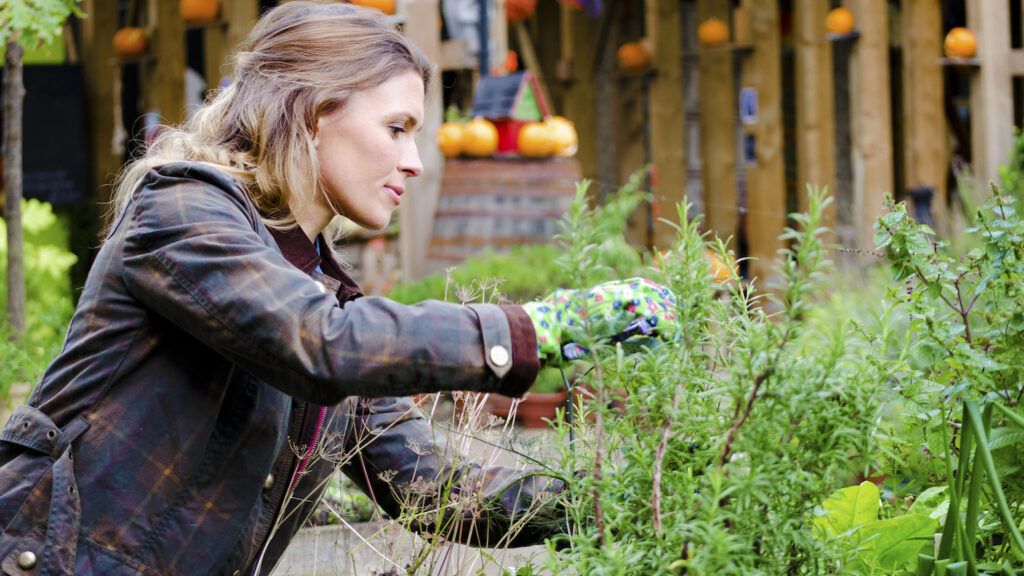Here in New England, it’s getting to be time to help the summer garden into hibernation. In my three raised vegetable beds, that means tearing out cucumber, tomato and summer squash plants that have given their all. Some get composted, while plants that show mildew or fungus spots go into the town’s yard waste bins.
Each year, I go through a bit of an emotional swing as I pull and cut back. There’s a minor melancholy I feel about things that didn’t go as I hoped in this year’s garden. The cucumbers tasted good enough, but they were small and yellow instead of green. The zucchini produced heavily at first, but that borer worm drained life from the plant long before I was done making zucchini bread and grilled squash. Two of my eggplant varieties yielded delicious fruits—but one flowered a couple of times and then just sat there, green and silent.
Then there’s the soaring feeling of accomplishment. The tiny yellow tomatoes that my son and I picked daily, eating at the same pace we were filling our bowls. The firm, dark lacinato kale that made a summer’s worth of sweet-savory salads with almonds and raisins. The pungent garlic that I had forgotten about last fall until it offered its scapes and fragrant heads. The mint that I gave away by the armload to thirsty neighbors, who returned the favor by sharing fresh summer drinks.
And the peace I felt while crouching among the plants, listening to the bees who were far too preoccupied to bother me as I weeded and harvested. Not to mention the colorful vista from our outdoor table, where we ate garden-fresh dinners in view of the garden itself.
Reviewing the summer garden’s life feels like a metaphor to me for the process of doing our best to cultivate a strong, healthy life, celebrating each bit of ripe, seasonal joy we can harvest, and then knowing when it’s time to let go and move on to a new season. “To everything there is a season,” says the famous passage from the Book of Ecclesiastes, “a time to plant, and a time to uproot what is planted.”
The new season is filled with promise as well, including the gravitational pull of next year’s garden. Snowy landscapes, warm meals and other winter joys await us, but so do garden catalogs, time to reflect on lessons learned this summer, and seed-starting experiments in the basement.
The garden needs the winter to be ready to re-emerge next spring. And even though the coming cold can feel challenging, so do we. Because having reaped, we can make the space to contemplate that soon enough, it will again be time to sow.






